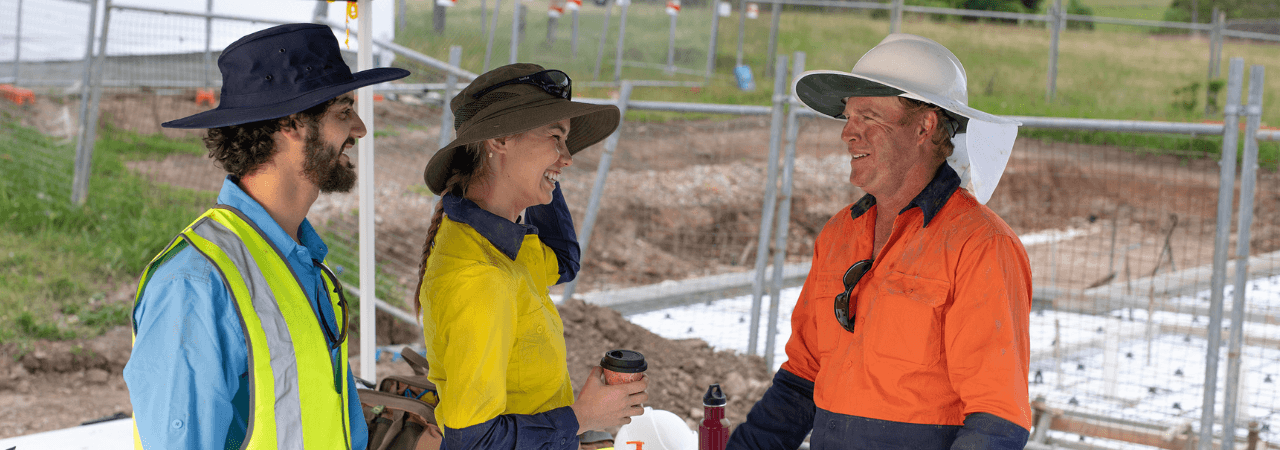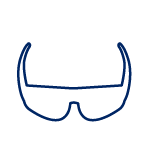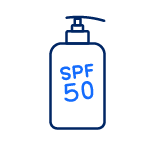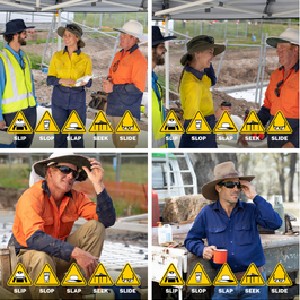Outdoor workers are exposed to over three times more UV radiation than
indoor workers.
UV radiation is a major workplace hazard, putting outdoor workers at a higher risk of developing skin cancers that can’t simply be cut out.
In NSW the UV is high (3 or above) for at least 10 months of the year. A UV index of 3 and above can damage unprotected skin, this means you still need sun protection on cool or cloudy days, even in autumn and spring. The UV levels usually peak between 10am-2pm (or 11am-3pm during daylight savings).
The good news is that sun protection is easy and effective – no matter where you work outdoors.
How sun safe is your workplace?
We have compiled a list of control measures that are part of a strong sun/UV radiation protection policy to reduce workplace exposure to UV radiation from the sun.
Check what protections your workplace has or could implement. These control measures may be routinely practiced without a specific written procedure or policy but its better to write them down so everyone on site knows what they need to do.
Use the rating scale to select whether your workplace has or will implement each measure for employees who spend time working outdoors.
Use our checklist to see how many sun-safe controls you have in place
Controlling UV radiation in the workplace
UV radiation is a major workplace hazard. Employers have a duty of care to protect their workers from UV radiation and skin cancer. Use these resources to keep your workers safe.
The hierarchy of risk control
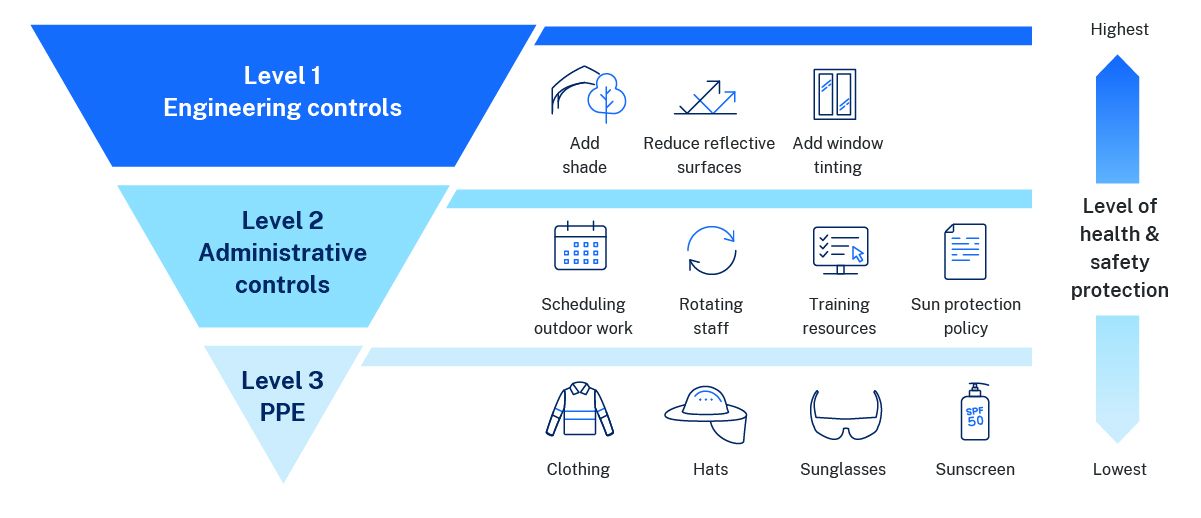
More information on ways to control UV radiation in the workplace
 If you or your team work outdoors, prevent skin cancer by including these 5 simple steps as part of our routine.
If you or your team work outdoors, prevent skin cancer by including these 5 simple steps as part of our routine.

SLIP
on protective clothing

SLOP
on SPF50+ sunscreen

SLAP
on a wide-brim hat

SEEK
shade

SLIDE
on sunglasses
The 'Change Your Routine' campaign
The Cancer Institute NSW has developed a hard-hitting campaign to encourage outdoor workers to make sun protection part of their daily routine.
The 'Change Your Routine' campaign targets all outdoor workers, in particular men over 40 years, who are 2.5 times more likely to die from melanoma than women the same age.
These campaign materials will help you protect your workers from UV radiation and skin cancer.
Share the video
Display the posters at your workplace
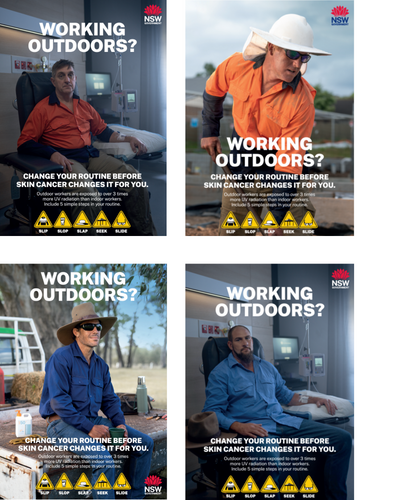
Further information and resources
UV radiation at work – the facts - Information about UV radiation, the risks and how to prevent exposure in the workplace - SafeWork NSW
Workplaces and Sun Protection - Detailed information about sun safety in the workplace and workplace policy - Cancer Council NSW
SunSmart Tradies - Toolbox for resources for employers/site managers and staff who are exposed to UV radiation daily - Cancer Council Australia
The Tradie Test - Discover your risk rating and what can be done to protect your skin from the sun’s UV radiation - Cancer Council Australia
The Cancer Council SunSmart app - Provides UV and sun protection alerts - Cancer Council Australia
Protect Your Skin - Information from the latest summer campaign - Cancer Institute NSW
Shade and UV protection - Information and resources about shade for UV protection - Cancer Institute NSW
Executive summary of research - NSW Government agency sun/UVR protection policy - Cancer Institute NSW
Cancer screening
Early detection of cancer can significantly improve outcomes for patients.
When it comes to bowel cancer, if detected early, it can be successfully treated in more than 90% of cases. If you’re aged between 50-74, do the free bowel screening test when it comes in the post.
